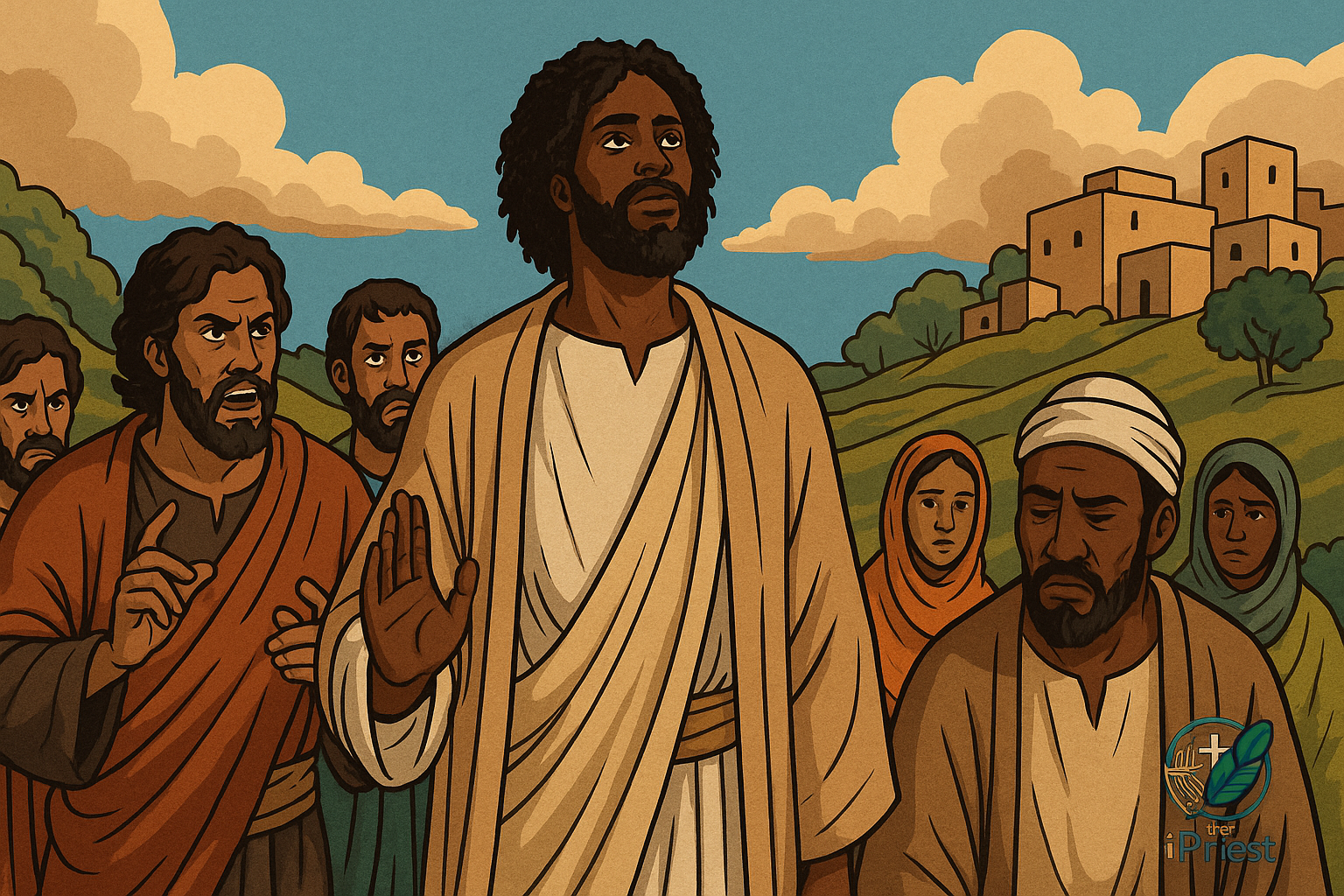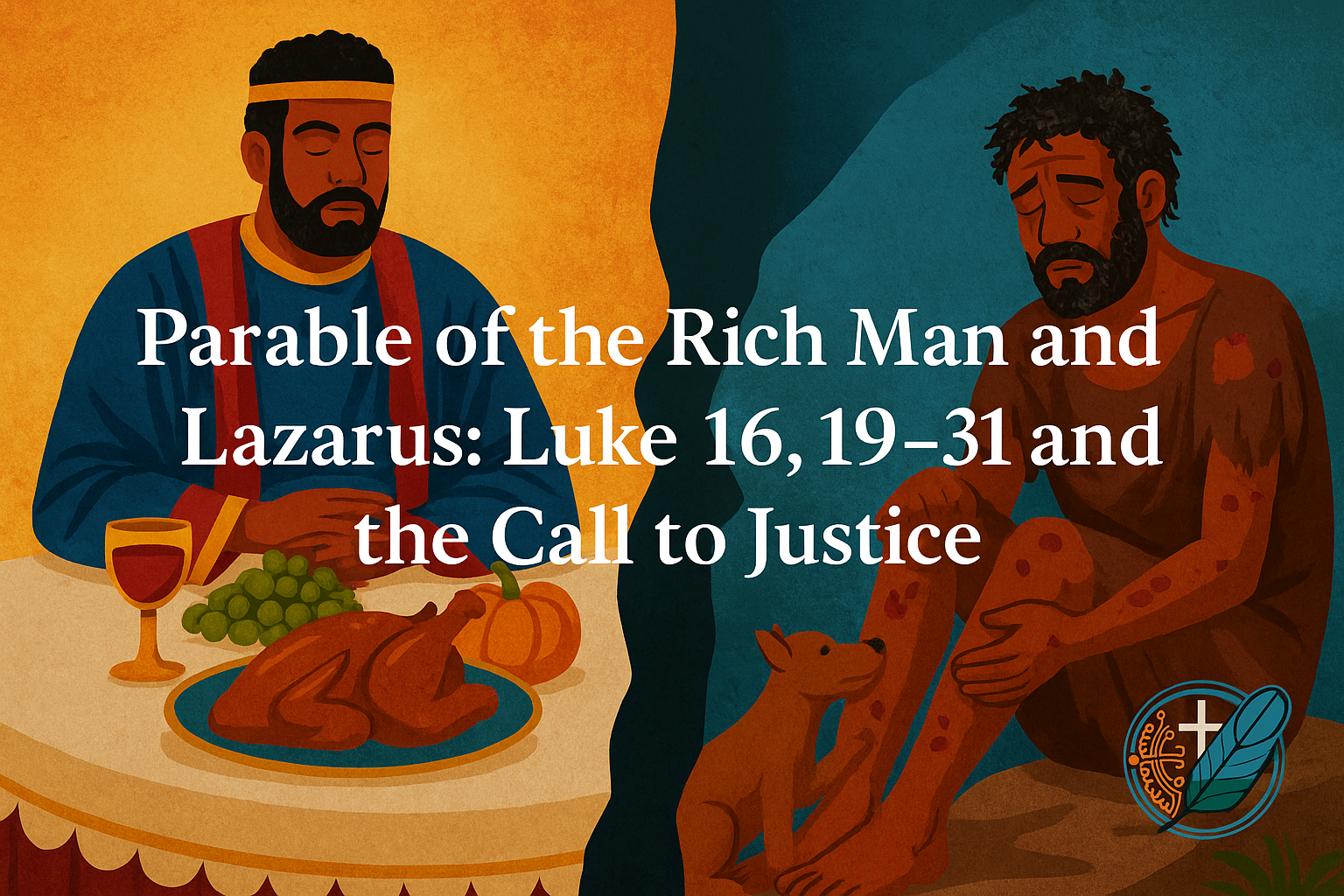The comments on the Arab spring, which until now had been sailing on the open sea swept along by the wind of enthusiasm, have gone beyond the turning point and at the end of a year full of events are cautiously beginning to return to safer harbours. The observers who in the hot days of protest had put forward the idea of a new beginning capable of cancelling a traditionally non-transparent and incomprehensible Middle East, are now by twos and threes falling into line with the new half-whispered password: the revolutions were a gamble and the West was wrong in supporting them. How has such a sudden change been possible? Basically only a few months separate the ‘heroic’ pictures of Tahrir Square from the clashes still taking place.
According to us, the change in opinion depends on at least three confusing elements that have distorted the image of these uprisings in the West. The first of these is the very use of the expression ‘Arab spring’, applied indiscriminately to the whole region, to mean more or less a popular uprising against the authoritarian regime conducted with the use of the new media. What is specifically Arab in all this? Nothing and in fact the term has very recently also been applied to the Moscow protests. In fact the virtual protest sided with a very real and specific unrest, the extent of which is difficult to measure. In relatively developed countries like Tunisia the weight of the ‘caste’, to use an expression that is popular in Italy at the moment, had become intolerable. At the same time the absence of freedom made the climate suffocating.
Contrary to what is claimed, the West did not encourage the movement, especially at the beginning, nor least of all, was it at its origin: when the revolts had already begun, the French foreign minister proposed sending special police corps to help the Tunisian government (Ben Ali’s). American pressure was felt in Egypt only some days following the beginning of the uprisings. Israel was taken unawares and did not certainly benefit from the change in leadership there and then. For this reason the first, double, statement to discredit is on the one hand that it was possible to continue as ‘in the good times’ and on the other, that the West imposed the Tunisian and Egyptian revolutions.
Instead, the fact that a number of political players immediately considered using this very real unrest for their own political ends, and this was not limited to just Tunisia and Egypt, is absolutely true: the military campaign in Libya is a glaring example. The West is certainly among these actors but is not alone. The most unusual show of 2011 was probably to see countries like Saudi Arabia and Bahrain, which repressed any form of protest in their own countries, threatening Bashar al-Asad’s regime using democratic and liberal rhetoric to impose the re-orientation of Syria in a pro-Saudi direction. It is a game on which the regime of Riyadh is betting a great deal, by means of the traditional ties with the Islamist movements of the region, but it a dangerous game, for the minorities in the first place.
While the various regional actors have tried to direct the spontaneous movement in the direction most favourable to them, in a crescendo of media interventions, (the difficult verifiability of which was recently highlighted by Riccardo Redaelli in Avvenire), money and arms, the poor knowledge of these dynamics and the unstable Middle Eastern balances is the second element that makes a correct assessment of the revolts difficult: in these there is the propelling force of the new protest movements, of the young people, but there are also all the usual political actors, who have their own networks of influence. A considerable part of the media first of all bet everything on the young people, then they stressed the re-emergence of the Islamist movements, ending up giving the public a contradictory and hardly credible picture.
The emphasis placed on the use of technology (‘our’ technology) in many cases betrays a secret hope: that finally these peoples are ‘normalised’. And this is the third confusing element, since technology does not necessarily mean secularisation and the removal of the Islamic element is an illusion. These countries, as Marc Boucrot wrote for Oasis when commenting on the elections in Morocco, are and remain largely Muslim and the political fight will take place on the economic and social justice axis, but also (and perhaps even more so) on the one of community identity.
Following my short stay in Tunisia and without any claims to generalise, the impression is that the society is experiencing great ferment. The lid has been taken off a boiling pan. The thrusts are hugely contradictory and the two main dangers are firstly the recourse to pure and simple violence, preached in the more extreme Salafite fringes, and then the headlong run to hegemony which, should the fundamental principles of the state not be clearly defined, could open up the door to totalitarian shifts. Vice versa, a sufficiently wide confluence to some principles, particularly in the constituent phase, would lay the bases for a less conflictual future. To tell the truth, in these revolts the incidence of violence has been very different and it is evident that the transition towards new ways of organising power has more chances of success where less blood has been shed.
A final consideration which is also a hope for the future: in the past the apparent emphasis on human rights by the West was in fact hindered by strategic considerations. Now there is no alibi. Will all the opportunities offered by this unprecedented convergence between principles and interests be taken?
*An abridged version of this article ha been published on the Italian Journal Avvenire on December 31 2011.
Source: ERMOMI48
“The truth might be hard to say, painful to bear or even drastic for the truth sayer but still needed to be said”. ALISON.





